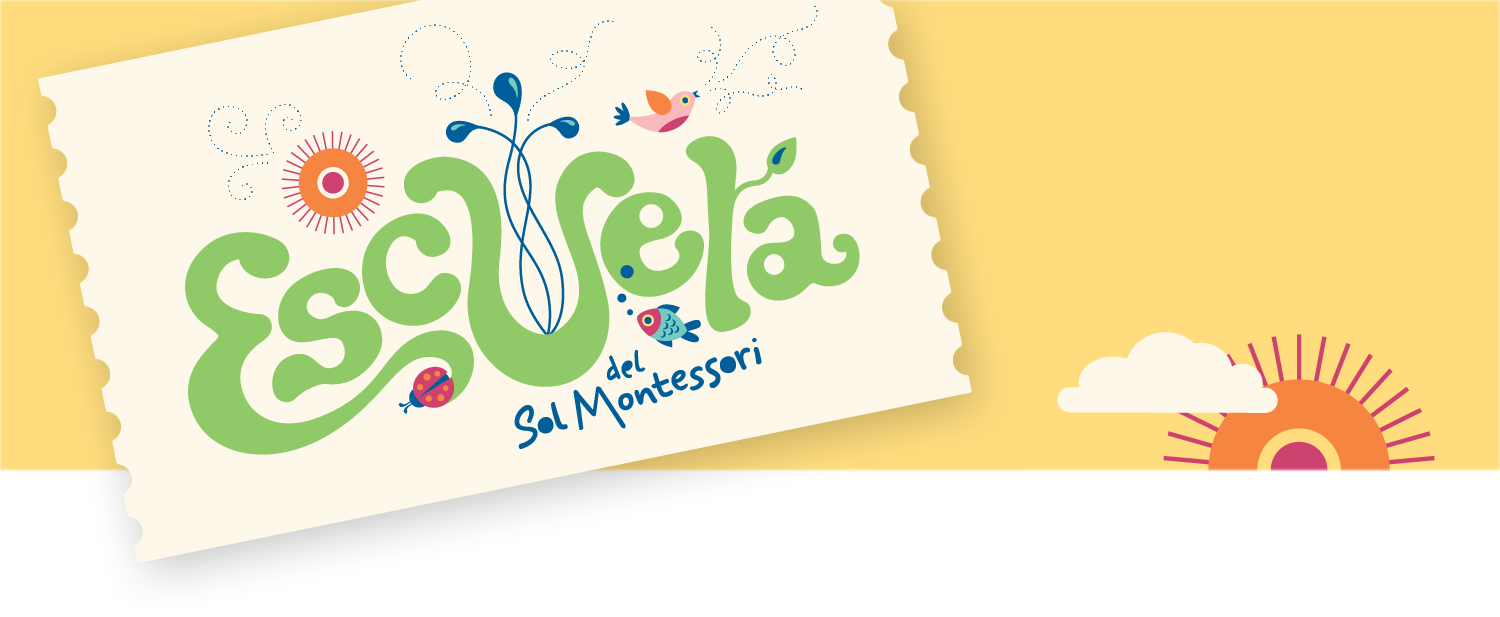
By Tanesia R. Hale-Jones, Head of School
Kazu Haga tells us that Beloved Community is a vision “where all people can live in peace. Beloved Community is an acknowledgement that the only way for a peace to ever be sustainable, the only way that our people can always be safe, is if all people are free.” ( 106)
In his book, Healing Resistance: A Radically Different Response to Harm, Kazu Haga reflects on the fact that if we buy into the concept of a Beloved Community that we must also accept that there is no one outside of it.
I came to an understanding of Beloved Community through my own social justice work. The name itself made the word community, which gets tossed around ubiquitously, into something sacred. It reminds us that there is something profound about being ‘in community’ beyond being a group of people coming together. It is a term attributed to Rev. Dr. Martin Luther King, Jr.’s legacy of civil disobedience, and addresses the eradication of poverty, racism, and militarism. It asserts that these three are inextricably linked, interconnected and obstacles for being in community fully and with integrity and dignity.
While practicing toward communities of beloved inclusion seems daunting at the macro level; I am heartened when I consider that part of what we can learn from Montessori education is that building capacity for this work is such an integral part of the curriculum. At Escuela, the children and adolescents are continually invited to practice the art of communing with one another. At the micro-level, and at an early age, children begin to incarnate what it means to care for the needs of others, to make sense of why equity is more powerful than equality, and that being a person is complex. The students who come through Escuela del Sol Montessori have an internalized sense of this – an intrinsic knowing – that they take out into the wider world with them.
Safety and freedom create the conditions for Beloved Community to emerge, and I would add that practicing respectful confrontation, and assertive and clear communication are also helpful ingredients. In loving corrections, adrienne maree brown invites the reader to ponder how we learn to “attend to the quality of connection, knowing it is fortified by our direct and timely communication” (amb, 5)

When the American Montessori Society (AMS) accreditation team came for their site visit last year, one of their many compliments was how the children and adolescents were so well cared for, and that their social-emotional health was a foundational piece of how they were educated at Escuela.
At Escuela there are many ways we attune children to the dynamics of being in community with others. At our recent International Day of Peace celebration, Mr. Casey invited students to share definitions of peace – ‘calm,’ ‘no war or conflict,’ ‘harmony’. All of these are accurate, but the truth is, in a community there will be mistakes, there will be conflict and confrontation, there will be opportunities to grow and to figure ourselves out. What we need are not punishments for trying to communicate or for being messy, but ‘loving corrections’ that guide us ever closer to our ability to be interdependent.
Resources, References, and Inspiration
Healing Resistance: A Radically Different Response to Harm Kazu Haga
loving corrections by adrienne maree brown


